What Colour is a Mirror?
Most of us, if not all of us see our reflection at least once a day. Mirrors are an essential part of a household and walking into a mirrorless bathroom is always a shock. Ever wondered how something so simple and abundant can actually be possible? How do mirrors work and what are they made of?
Mirrors
To master exactly how a mirror is capable of reflecting light so well, we need to look at its structure and composition before we start to understand the Science behind it.
Composition of Mirrors
Generally speaking, a mirror starts out as a clear sheet of glass [1]. Aluminium powder is then evaporated onto its surface and a few layers of waterproof paint are applied to protect the reflective coating of metal. The powder is evaporated onto the glass as this is the best way to keep the layer of metal nice and flat; any bumps in the metal and it distorts the reflection. Changing the shape of the glass you start off with changes the reflection you see – for example, you can make concave mirrors, convex mirrors and even spherical mirrors! The mirror’s we use every day are known as plane mirrors. Now that we know roughly how mirrors are made, we can start to introduce some Physics to explain how they work so well!
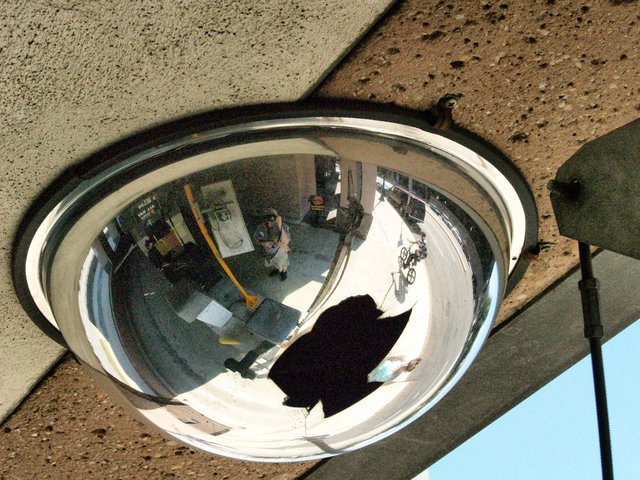
Figure 1: Image showing a concave mirror – these are usually seen on the ceilings of some shops!
The Atom
You may know that an atom consists of electrons, protons and neutrons - but did you know that 99.9999999999996% of it is empty space? That’s right. To put this into perspective, the nucleus of an atom would be the size of a football stadium if the whole atom were the size of Earth [2]! You may be wondering; why isn’t everything transparent if there’s that much empty space? To answer your question simply, you can fit about 5,000,000,000,000 Hydrogen atoms on just the head of a pin [3]. What does this mean? Well, if you have that many atoms, you start to see overlapping of particles thus leading to a solid, non-transparent structure… but how can things have a variety of different colours if they’re all made up of atoms?
Why do things have colour?
An object is whatever colour is doesn’t absorb [4]. White light, as you may know, is a mixture of all colours of light. When this light hits a leaf, for example, it absorbs all its colours apart from green, which is reflected; as a result, we see a green leaf. Similarly, if you were to have a room lit up with just red light, something interesting happens. Since all objects in that room absorb or reflect red light differently, everything will appear a different shade of red, or appear almost black if that specific object absorbs red very well. In other words, you would not be able to tell the real colour of anything! The image below illustrates this fantastically. Having said that, you can now probably deduce that perfect mirrors need to be made of a specific material where its atoms reflect all colours of light, to make it work – hence why only specific metals can be used as mentioned above!
The 'perfect' Mirror
In the real world, nothing is perfect [5]. This includes mirrors. Mirrors absorb the tiniest bit of light; not enough that matters when you look at your reflection, but enough for you to be able to see through a mirror tunnel.
Mirror Tunnels
When looking at the spectrum of reflected light from a mirror, studies have shown that they reflect green light better than any other colour in white light. A mirror tunnel is when you have two mirrors placed such that they reflect the light back and forth creating the illusion of a never-ending tunnel. If you look closely at each reflection as you go deeper into this tunnel, you will realise that the image becomes greener and darker. This is because every time light bounces from one mirror to the other, more and more of it is absorbed; but since green is best reflected, it doesn’t get absorbed as much. To summarise, the colour of a mirror is actually somewhat green; below are some examples for you!
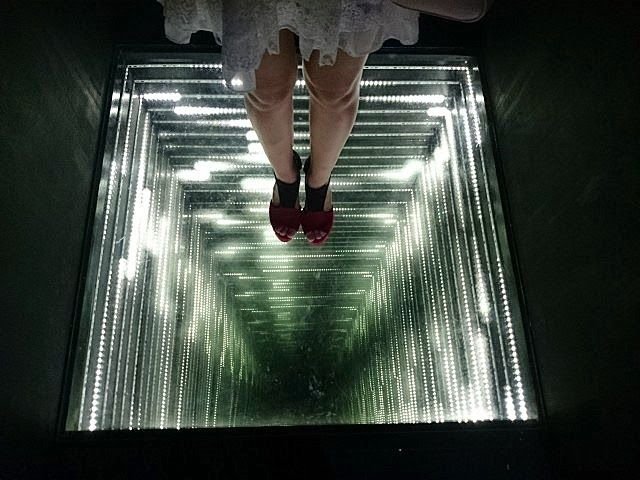
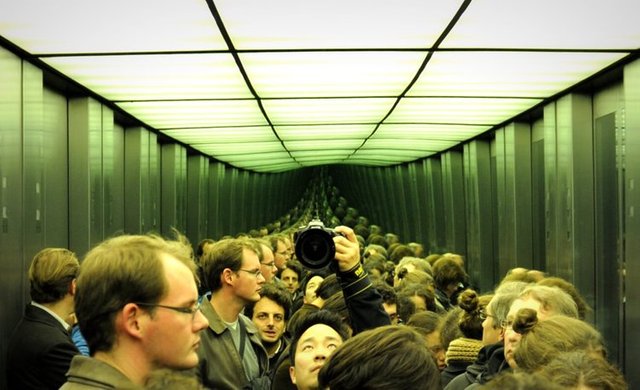
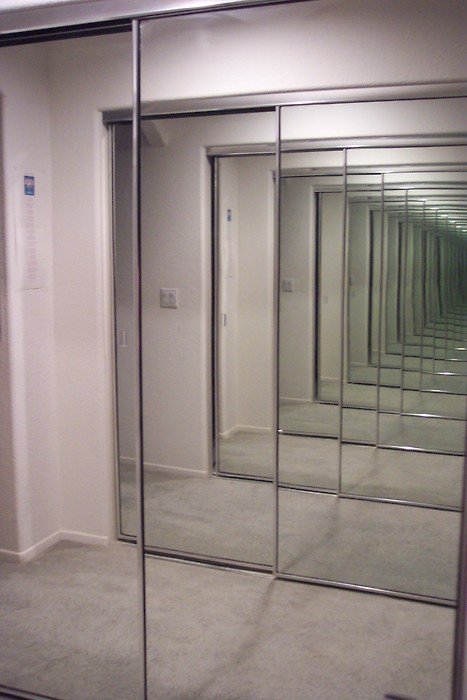
If you have any questions, leave them below and until next time, take care.
~ Mystifact
References:
[1]: https://en.wikipedia.org/wiki/Mirror
[2]: https://education.jlab.org/qa/how-much-of-an-atom
[3]: http://www.4chemistry.co.uk/L5th-atom-notes1.htm
[4]: http://www.sciencefocus.com/qa/what-determines-colour-object
[5]: http://articles.latimes.com/2000/dec/14/local/me-65457
Please note; no copyright infringement is intended. All images used have been labelled for re-use on Google Images. If any artist or designer has any issues with any of the content used in this article, please don’t hesitate to contact me to correct the issue.
Relevant articles:
How does Virtual Reality work?
Why Can We See Through Glass?
What Makes a Rainbow?
Previous articles:
How to See Without Glasses
Why Do We Kiss?
Why Can't We Charge Our Phones INSTANTLY?
Follow me on: Facebook, Twitter and Instagram, and be sure to subscribe to my website!
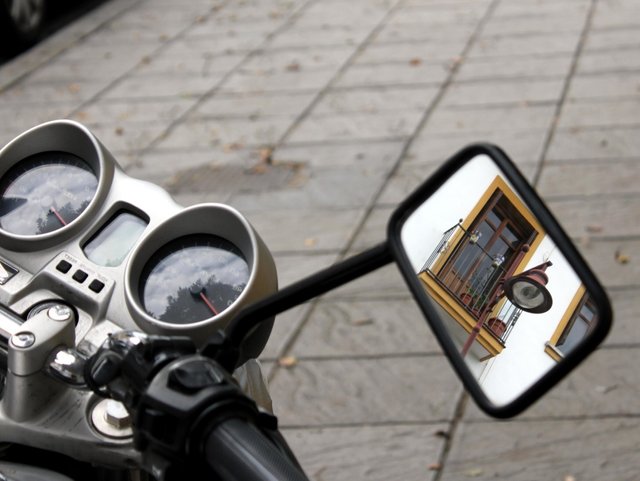
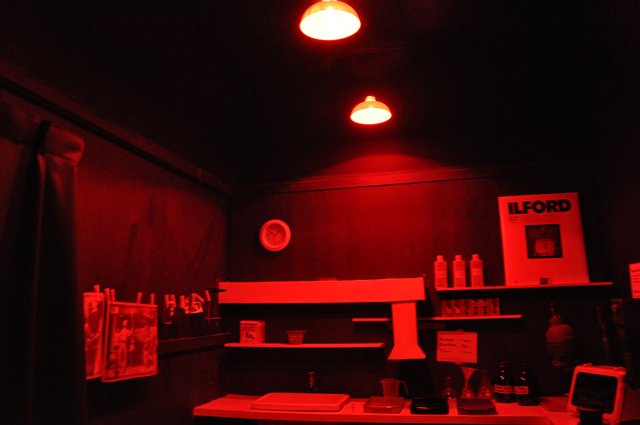
Things you never think about but always nice to know.
Agreed!
Much appreciated!